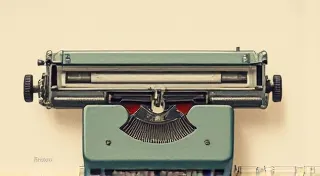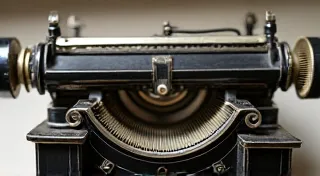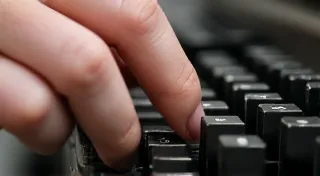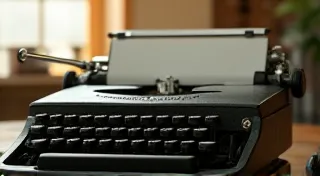The Underwood 5: A Comprehensive Restoration Guide
The Underwood 5. Just the name evokes a sense of history, craftsmanship, and the golden age of typewriting. This iconic machine, manufactured from 1910 to 1930, is a cornerstone of vintage typewriter collections and holds a special place in the hearts of many typewriter enthusiasts. Restoring an Underwood 5 can be a rewarding project, but it requires patience, attention to detail, and a basic understanding of mechanical principles. This guide aims to provide a detailed, step-by-step approach to restoring your Underwood 5, tailored specifically to the challenges and nuances of this beloved classic.
Understanding the Underwood 5: A Brief History
Before diving into the restoration process, it’s helpful to understand the Underwood 5's significance. It was a major leap forward in typewriter design, boasting a "visible" typing mechanism – a huge selling point at the time. Previous typewriters required you to look to the side to see what you had typed. The Underwood 5 allowed users to see the typed characters as they appeared on the paper. Its robust construction and widespread adoption cemented its place in business and personal correspondence for decades. The varied finishes, from black enamel to beautiful golds and browns, add to its collectibility.
Disassembly: The First Step to Restoration
Disassembly is arguably the most crucial stage. Proper disassembly allows for thorough cleaning and identification of worn or damaged parts. Take your time and document each step with photos – you'll be glad you did when reassembly time arrives!
- Remove the Cover and Carriage: Carefully lift the top cover and detach the carriage from the frame. Note the position of any felt or padding.
- Detach the Type Bars and Paper Bail: These are typically secured by small screws or levers. Keep track of which type bar goes where, as they’re positioned at specific angles. A labeled bag or container is essential.
- Remove the Ribbon Spools and Cam: The ribbon mechanism is complex, so observe how the spools and cam interact before disassembly.
- Carefully Remove the Key Levers: This is a delicate process, and the key levers are easily lost. Use a small screwdriver to gently pry them loose.
- Disassemble the Escapement Mechanism: This intricate system controls the carriage movement. Take detailed photos and notes.
Important Note: Underwood 5s often have brittle paint and fragile parts. Handle with extreme care to avoid further damage.
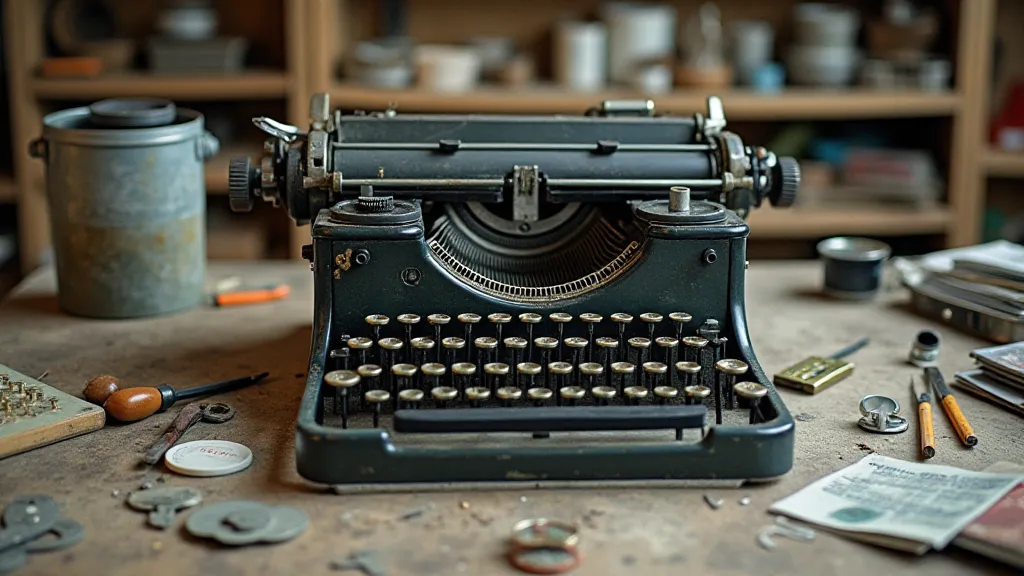
Cleaning: Removing Years of Grime
Once disassembled, cleaning is vital. Years of dust, dirt, and dried ink can hinder the typewriter’s functionality and detract from its appearance.
- Gentle Cleaning Solutions: Use isopropyl alcohol (91% or higher) and warm, distilled water. Avoid harsh chemicals that can damage the paint or rubber components.
- Brushwork: Use soft brushes (artist’s brushes work well) to remove dirt from hard-to-reach areas.
- Key Lever Cleaning: Key levers often accumulate ink residue. Soak them in alcohol for a few minutes before scrubbing gently.
- Frame and Body Cleaning: For painted surfaces, a gentle cleaning solution and a soft cloth are sufficient. Avoid excessive scrubbing.
- Rust Removal: Surface rust can be removed with fine steel wool (#0000) or a specialized rust remover. Be gentle to avoid scratching the metal.
Lubrication: Restoring Smooth Operation
Proper lubrication is crucial for a typewriter’s longevity and smooth operation. Use a typewriter-specific oil – avoid household oils like WD-40, which can gum up over time.
- Key Lever Pivot Points: Apply a tiny drop of oil to each pivot point.
- Type Bar Pivots: Lubricate the type bar pivots to ensure smooth action.
- Escapement Mechanism: The escapement mechanism requires careful lubrication to function correctly.
- Carriage Rails: Apply a thin layer of grease to the carriage rails to reduce friction.
Important: Less is more when it comes to lubrication. Over-oiling can attract dust and grime.
Common Issues & Troubleshooting
Restoring an Underwood 5 often involves addressing specific issues. Here are some common problems and potential solutions:
- Ribbon Misalignment: This is a frequent problem. Examine the ribbon spools and cam for wear or damage. Adjust the ribbon alignment screws.
- Typebar Problems (Sticking or Double-Printing): Check for obstructions around the type bars. Clean and lubricate the type bar pivots. Bent or damaged type bars may need to be replaced.
- Carriage Lock Issues: Inspect the carriage lock lever and spring for damage. Clean and lubricate the locking mechanism.
- Sticking Keys: Key levers may be sticky due to dried ink or lack of lubrication. Clean and lubricate the affected keys.
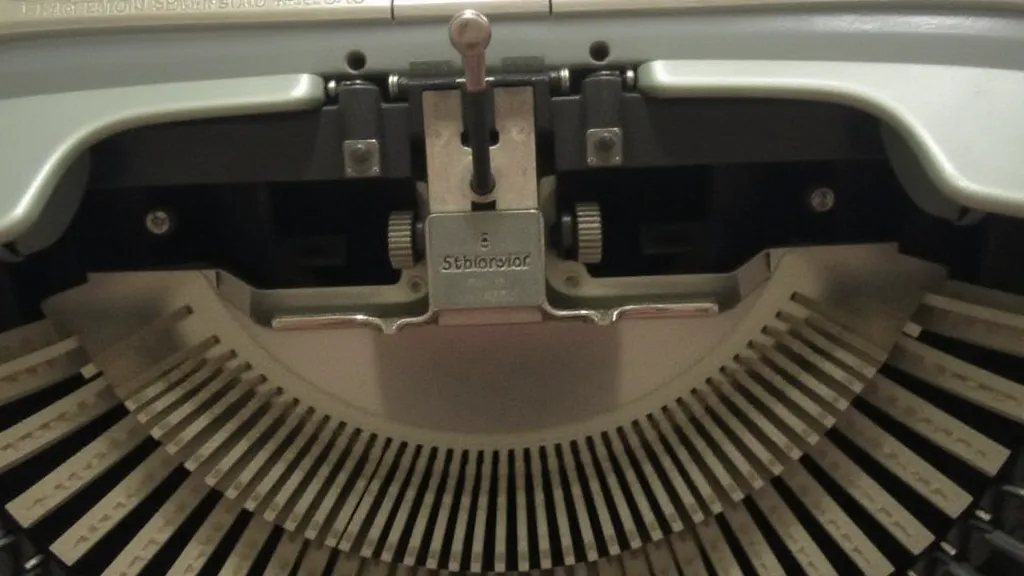
Reassembly: Putting it All Back Together
Reassembly is the reverse of disassembly, but with even greater care. Refer to your photos and notes from the disassembly process.
- Escapement Mechanism: Begin with the escapement mechanism – it's the foundation for carriage movement.
- Key Levers: Carefully replace the key levers, ensuring they are properly seated.
- Type Bars: Install the type bars in their correct positions, referencing your documentation.
- Ribbon Mechanism: Reassemble the ribbon spools and cam, ensuring proper alignment.
- Carriage and Cover: Attach the carriage to the frame and replace the top cover.
Final Checks: Test each key to ensure it functions correctly. Adjust the ribbon alignment as needed. Ensure the carriage moves smoothly.
Sourcing Parts
Finding replacement parts for vintage typewriters can be challenging. Here are some resources:
- Online Typewriter Parts Dealers: Several online dealers specialize in typewriter parts.
- Typewriter Repair Shops: Contact local typewriter repair shops – they may have parts or be able to order them.
- Online Auctions: eBay and other online auction sites are good sources for used typewriter parts.
- Typewriter Forums & Clubs: Connect with other typewriter enthusiasts for advice and potential leads on parts.
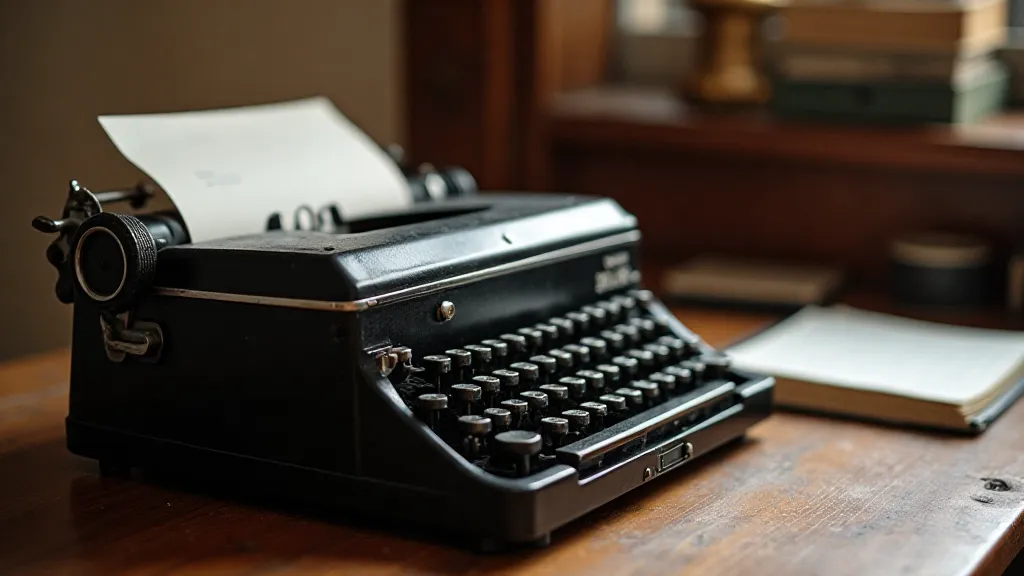
Conclusion
Restoring an Underwood 5 is a journey that requires patience, meticulousness, and a genuine appreciation for the beauty and functionality of vintage typewriters. While it presents challenges, the reward – a fully restored piece of history – is immensely satisfying. By following this comprehensive guide, you're well on your way to breathing new life into this iconic machine and preserving a piece of the past for generations to come.
